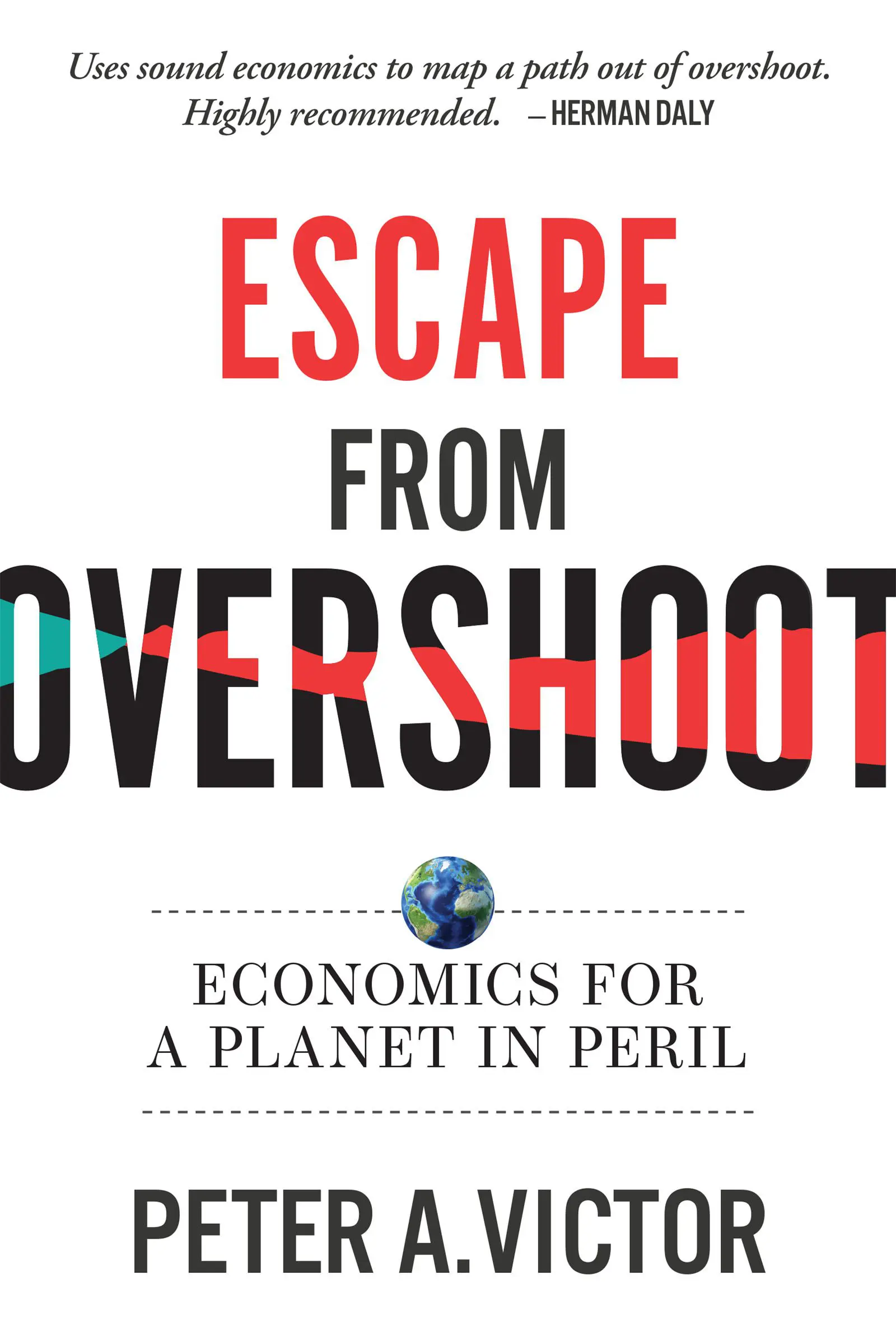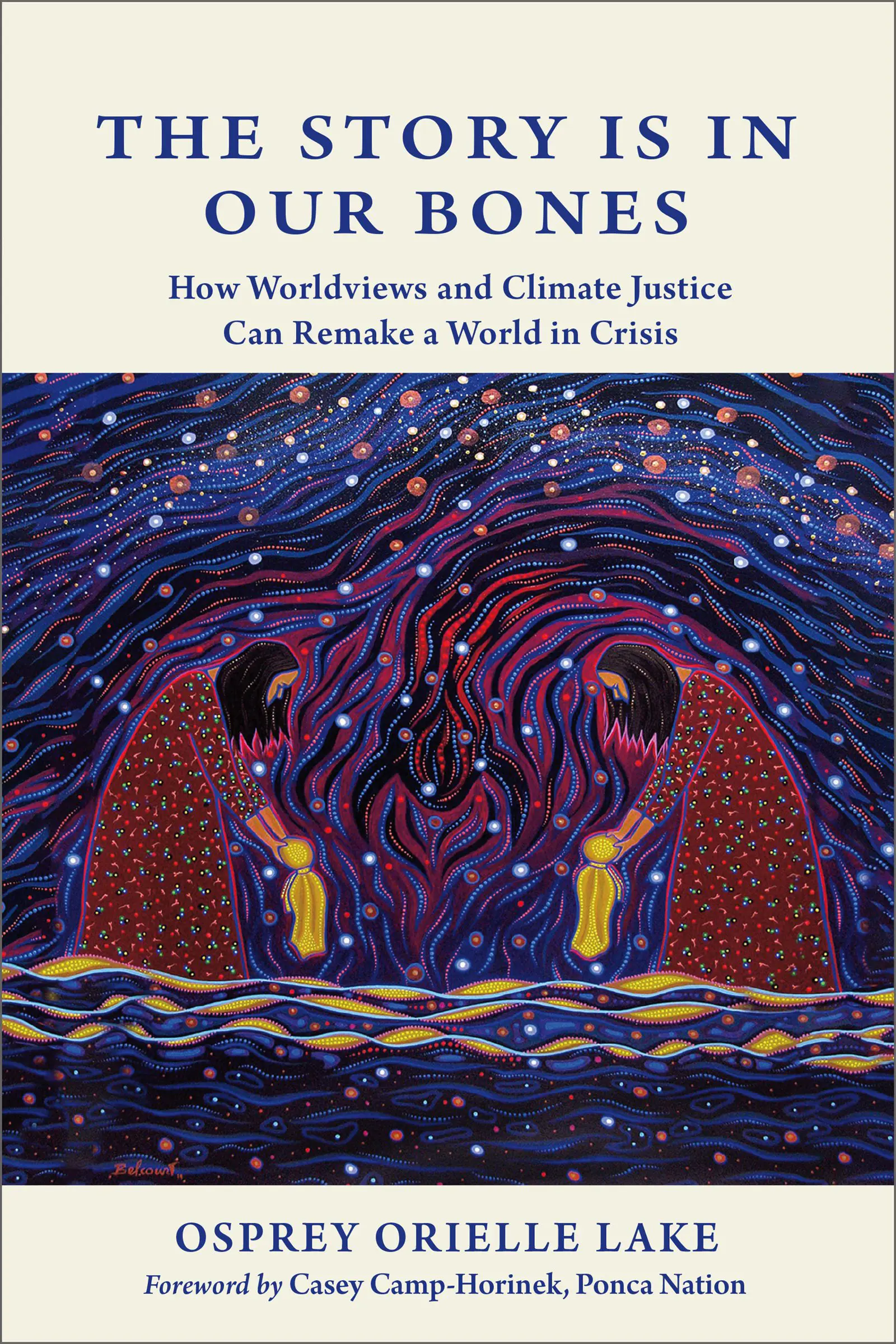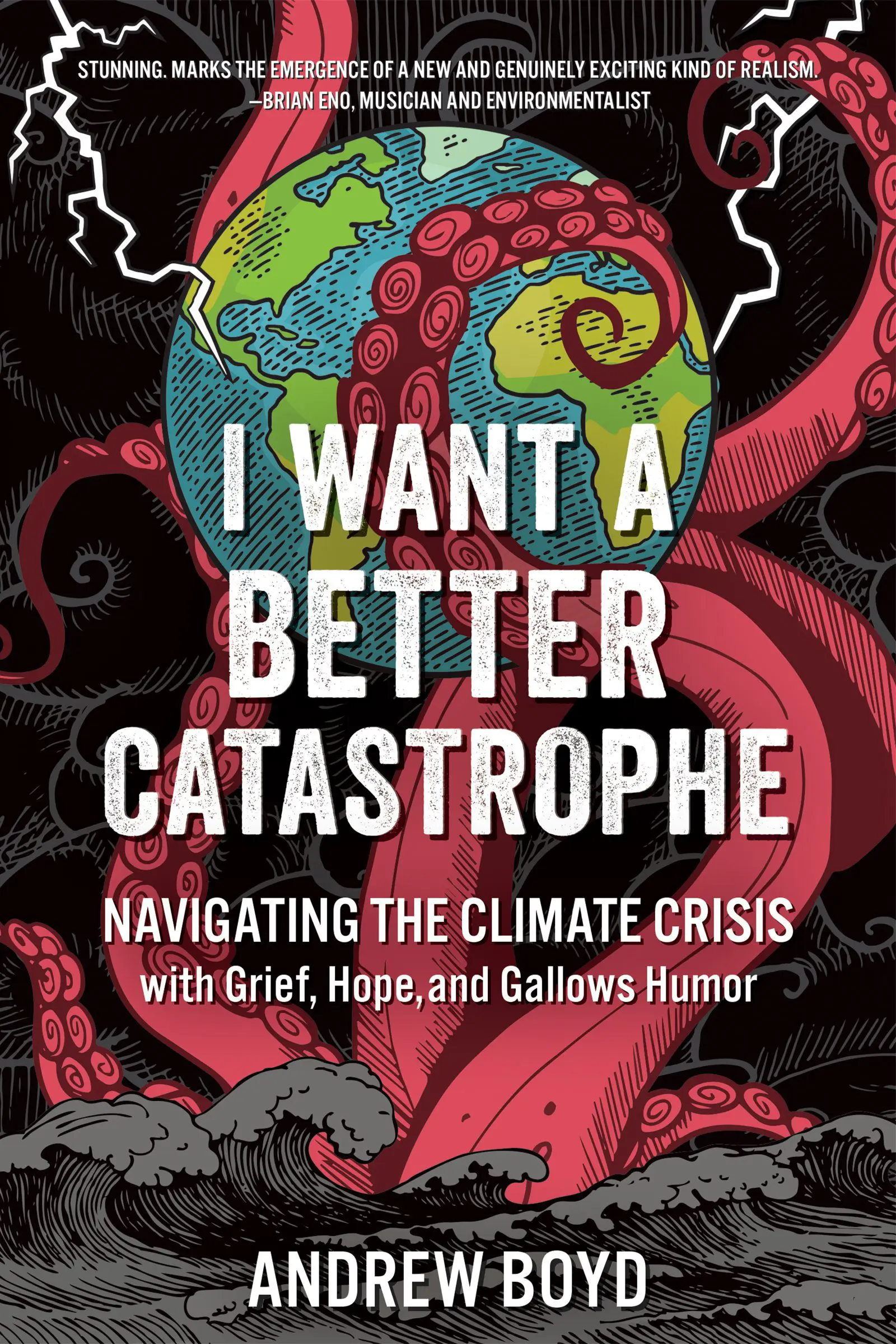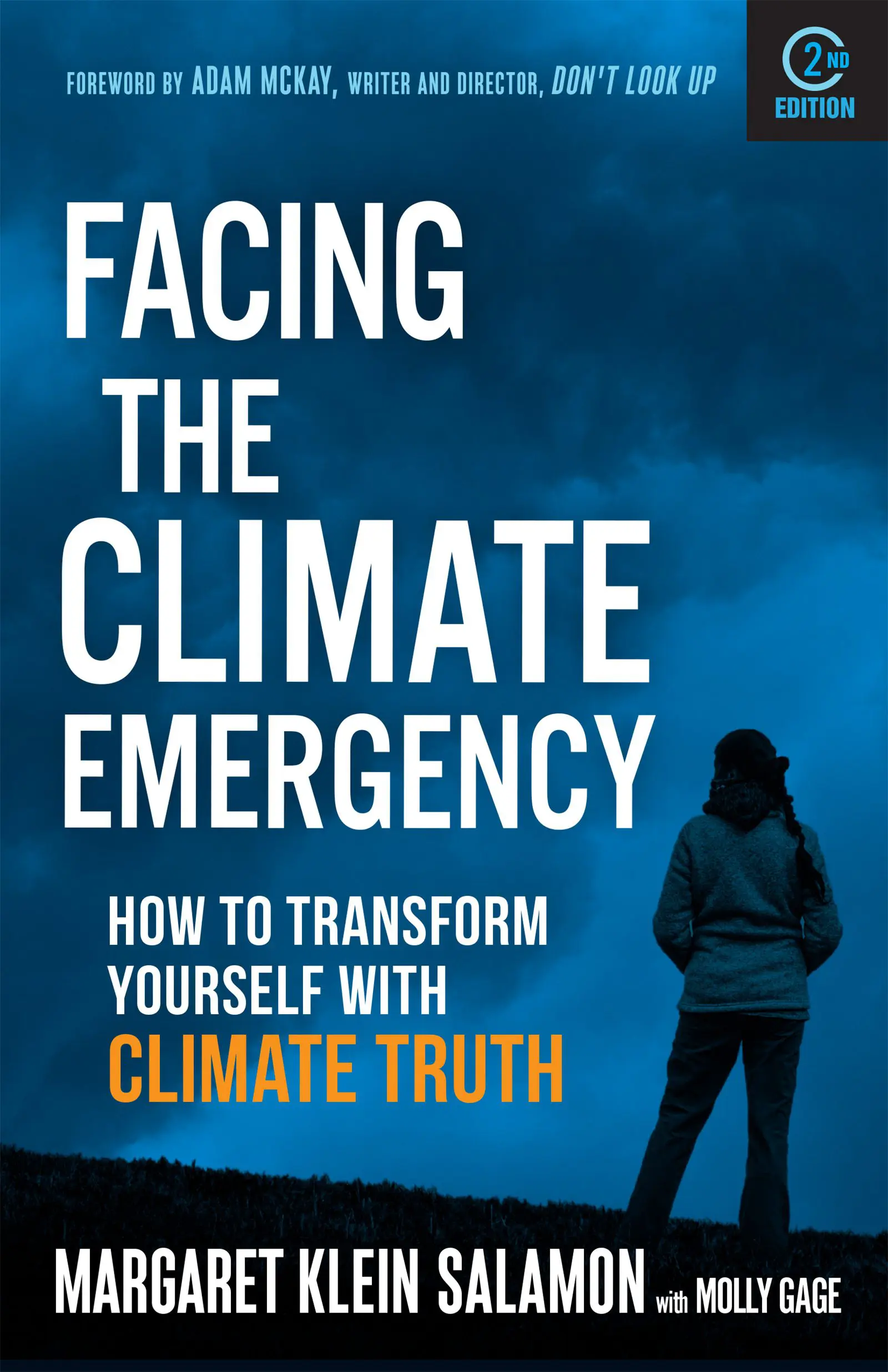
In Escape from Overshoot, Peter A. Victor outlines how our relentless pursuit of economic growth has stressed the planet beyond its limits. One possibility is to move from a growth economy to a wellbeing economy. Does that sound like an unrealistic dream? Well, you may be interested to know that some countries are already in the early stages doing just that. In this fascinating excerpt from Escape From Overshoot, we explore the possibility of a wellbeing economy and highlight the inner workings of countries that are trying it out.
Wellbeing Economy
The steady-state economy with its emphasis on physical throughput and scale provides the macroeconomic framework for escaping from overshoot. Only by reducing throughput to levels compatible with regenerative and assimilative capacities of ecosystems can we hope to return to a safe operating space within planetary boundaries. The circular economy also adopts a physical view of the economy, adding valuable detail about how to reduce throughput by extending the time that materials are kept usefully employed through better design, as well as various measures to increase reuse and recovery. Both the steady-state economy and the circular economy are intended to promote human and ecological well being, implicitly if not explicitly. In the wellbeing economy, wellbeing is fundamental. Wellbeing, which is best understood as a set of experiences, not a collection of physical products, is the ultimate value produced by an economy.
According to the Wellbeing Economy Alliance’s Wellbeing Economy Policy Design Guide, the wellbeing economy is ”an economy that is designed with the purpose of serving the wellbeing of people and the planet first and foremost; in doing so, it delivers social justice on a healthy planet.”
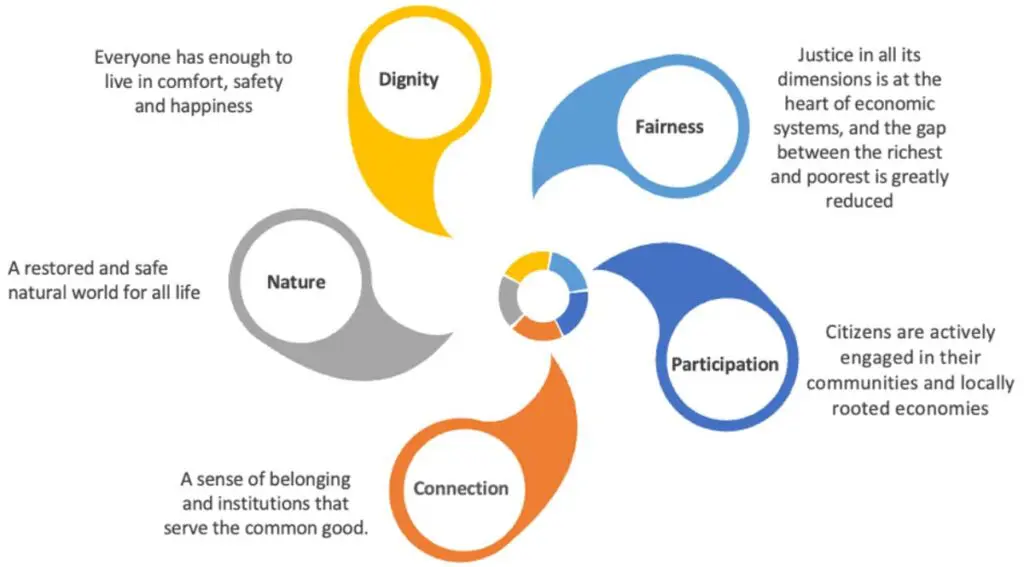
In a wellbeing economy there is a deliberate move beyond GDP to new metrics of progress. This is not a complete rejection of GDP as an indicator of wellbeing, though it is seen as a measure of means rather than ends. Neither is it a commitment to a steady-state economy at some suitable level of throughput. Rather, it is a call for a change in direction towards wellbeing, based on a comprehensive, culturally sensitive understanding of the meaning of wellbeing derived from and informed by grassroots participation, networking, and sharing of information. The Wellbeing Economy Policy Design Guide is full of useful information and ideas to help communities develop a wellbeing vision, design a wellbeing economy strategy, assess, select, and implement wellbeing economy policies, and evaluate policy impacts on wellbeing.

Thinking about economies in terms of wellbeing rather than growth answers the question of what an economy is for. It is an answer that has begun to find political favor. Through the efforts of the Wellbeing Economy Alliance, the governments of Finland, Wales, Scotland, and Iceland have formed the Wellbeing Economy Governments (WEGo) partnership to provide mutual support for building wellbeing economies. Other governments, such as those in Germany and the UK, have also embarked on a range of wellbeing initiatives, as has the OECD through the development of a wellbeing framework and metrics for measuring progress, as in its 2020 report, “Beyond Growth: Towards a New Economic Approach.” Governments using public policy to move in the direction of a wellbeing economy have generally used one or more of the following: legislation requiring the consideration of the wellbeing of current and future generations, new institutions to promote wellbeing, and reform of the budget process to align economic policy with the objectives of a wellbeing economy.

Although there is some mention of planetary boundaries in discussions and reports about a wellbeing economy, the relationship between them is unclear. This may be due to the difficulty of translating planetary boundaries down to the national and subnational, where most of the proposals for wellbeing economies have been directed. More significantly perhaps is that there is no mention of overshoot, throughput, or steady-state in The Wellbeing Economy Policy Design Guide. Furthermore, statements from the Scottish and German governments describing their understanding of a wellbeing economy show a close affinity with green growth, though the term itself is not used. This is something that a wellbeing economy as currently envisaged has in common with a circular economy, suggesting that even those governments leading the way are not yet ready to give up on growth in GDP.



